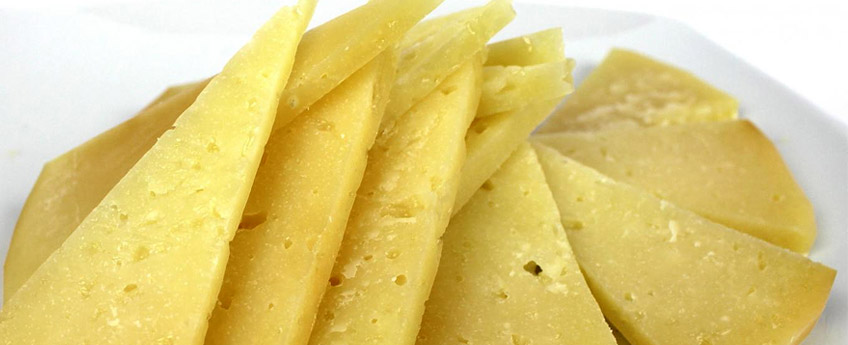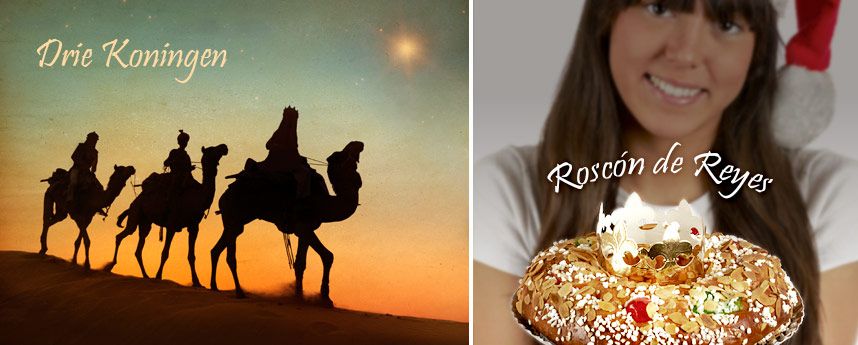Spain is different | donQuijote

Everyone knows that life and customs change a lot in each city or in each country. It is common to think what is normal at home can be abnormal to someone else. To truly learn about a new culture, you should shed any prior bias or judgments you might have. Today we are going to take a walk by the most typical customs of Spain so that you do not get caught by surprise.
- The schedules
What surprises everyone who arrives in Spain is the timetable in which locals move. Starting work at 9.00 in the morning, stop at noon to make lunch, eat at 14.30 pm and then have dinner around 21.00 at night. These are the times that not everyone can follow or adapt to it. Lastly, everyone uses the military time here so be prepared.

Some see this as great and others see it as terrible, this allows us to enjoy more hours of the sun ... but sleep less. Also, be careful! There are many shops and many businesses that close between 14.00 pm and 16.00 pm for lunch.
- La Siesta
Of course, after eating, not everyone wants to start working again. Therefore, the most traditional thing is to take a half an hour (or more) nap on the sofa or in a bed.

However, this is not so typical of Spain and few people can take it to practice. The working days do not allow you to have all that time to get home, eat and take a nap. Therefore, we leave this luxury for the weekend.
- Las tapas
Spain has bragging rights that we can eat on a terrace of a bar (or several) only paying the drink. For a waiter to come to your table with your drink and give you a plate of nuts, olives, salad, omelet or anything else, is something that can only happen here.

So, do not be scared if the waiter puts a small plate of food on the table. It wasn´t a mistake, it is for you.
- Ser escandaloso
Surely after eating tapas at a bar, you realize that you are starting to speak in a loud tone of voice. Even when a bus or train passes the tone of your voice is used similarly. We tend to speak louder than the rest of Europe. But relax, it is not because we are angry, it is because we do not realize it.
- El aceite de oliva
There is nothing more typical of the Mediterranean diet than using olive oil to season your salad, to cook a steak on a pan or to spread on toast. It is an oil that is used in the Spanish cuisine and that is uncommon to the rest of the world. In fact, Spain is the country that generates the most olive oil and exports it to the world.

Here are 5 of the things that surprise most people when they come to Spain. But we only put 5! There are other typical customs of the Spanish tradition that will surprise you even more, but that’s what makes Spain the perfect destination.











